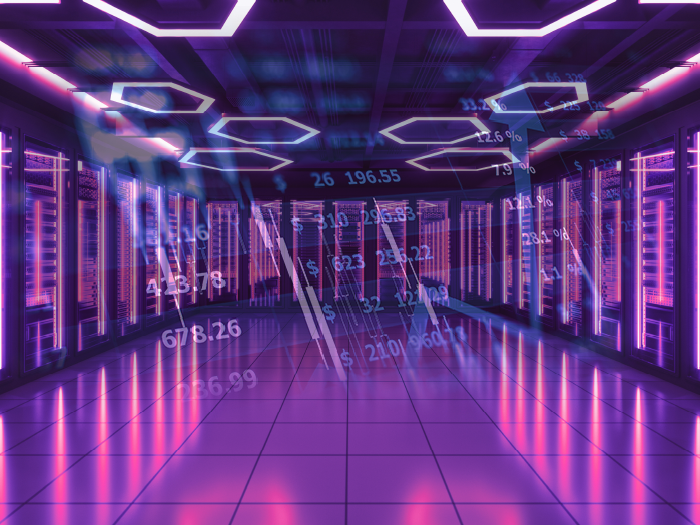News
better business decisions
Posted 2 years ago | 2 minute read

EU raises renewable energy targets
The European Parliament gave its approval to legally binding targets to expand renewable energy faster this decade, in line with the Green Deal and REPowerEU plans.
The share of renewables in the EU’s energy mix currently stand at 22.1%, according to EU statistics, which means roughly doubling that share by 2030 – mainly with additional wind and solar capacity.
The Directive, passed on 12 September, significantly raises the EU’s renewable energy targets, requiring 42.5% of EU energy to be renewable by 2030. Member states should strive to achieve 45%. The revised Directive also adds renewable energy targets for buildings and seeks faster permitting processes for wind and solar projects with the introduction of dedicated “acceleration areas” for renewables.
Under the Directive, national authorities will have 12 months to approve or reject new solar and wind farms, if they are located in a renewable “acceleration area”. Outside those, the process should not exceed 24 months. In addition, under the principle of ‘Positive silence’, investments in renewables will be considered approved in the absence of administrative feedback.
MEPs also secured that member states set an indicative target for innovative renewable energy technology of at least 5% of newly installed renewable energy capacity, as well as a binding framework for cross-border energy projects. They pushed for stricter criteria on the use of biomass to ensure that the EU does not subsidise unsustainable practices.
In the transport sector, renewables deployment should lead to a 14.5% reduction in emissions by 2030, by using a greater share of advanced biofuels and a more ambitious quota for renewable fuels of non-biological origin, such as hydrogen.
The legislation was adopted with 470 votes to 120, with 40 abstentions. It will now have to be formally endorsed by Council in order to come into law.
GridBeyond CEO and Co-founder Michael Phelan said:
“Europe is experiencing a complex, rapid and irreversible energy transformation and taking full advantage of the flexibility that can be harnessed from demand side assets will be crucial is keeping the costs of the transition as low as possible, while ensuring reliability of the grid in an increasingly renewables dominate energy mix.
“At GridBeyond we use machine learning and AI-powered technologies, driven by data science, that enable I&C businesses to participate in a wide range of programmes for enhanced energy automation, insights and benchmarks, savings, revenues and sustainability.”





